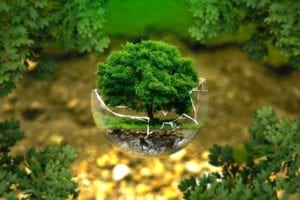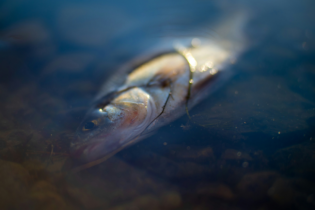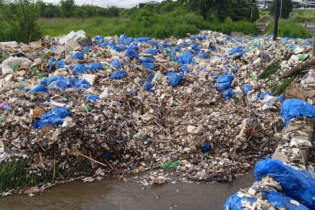A group of international researchers have found new methods to analyse and separate harmful and critical metals from environmental samples and electronic equipment in order to promote the circular economy.
The research group, which is from the Department of Chemistry at the University of Jyväskylä, Finland, have developed a modular approach for the recycling of heterogeneous waste electrical and electronic equipment (WEEE).Extracting precious metals from waste
The recovery process is based on hydrometallurgy, coupled with the electrowinning of copper and modern metal scavenger technologies. Thermally treated WEEE is leached in stages to separate the metals into the leachates. Copper is recovered via classic electrowinning and noble metals using a novel liquid-liquid extraction and state-of-the-art metal scavengers. “We are producing gold, silver, palladium, copper and platinum with very high recovery rates and purities, and rare earth metals as oxides,” says project leader Ari Väisänen from the Department of Chemistry at the University of Jyväskylä. “The laboratory-scale research started three years ago in collaboration with the Technology Industries of Finland in order to produce an industrial-scale recovery process. In the latest project funded by Sitra, the Finnish Innovation Fund, the process is being optimised further.”R&D demonstration facility
The developed process has been validated in the laboratory and now, in collaboration with engineering experts, the process is being upscaled to an R&D demonstration facility.The primary goal of the R&D demonstration facility is to ensure the scalability of the developed modular process into an industrial-scale process and to produce a fully functional metal recovery unit for commercialisation.
The research from the study can give rise to entirely new possibilities for using waste materials.







